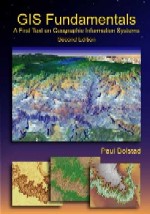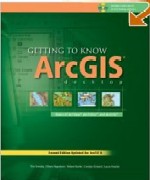
INTRODUCTION
Raster data is exceptional at modeling real-world phenomenon and creating visualizations of these models. The types of analysis we prepare and conduct with raster data works in a different environment with different commands. While some concepts like overlay are still very relevant, they act differently when applied to raster data. This module will introduce us to many of these concepts.
LEARNING OBJECTIVES- Define raster analyses
- Discuss some reasons we may emply raster data analyses as opposed to other types of spatial data analyses
- Categorize raster analyses intoLocal, Neighborhood and Global functions
- Describe logical operations
- Discuss raster reclassification. Why and how is it done?
- Describe conditional functions
- Describe several neighborhood functions used in raster analyses.
- Discuss the concept of a moving window
- Define kernel
- Describe cost surfaces
- raster analyses
- map algebra
- unary
- binary
- local functions
- neighborhood functions
- global functions
- logical funtions
- resolution
- raster reclassification
- overlay
- moving window
- kernel
- cost surfaces
GIS Fundamentals - Chapter 10 - Raster Analyses
POWERPOINT SUPPLEMENT (refresh page if file does not download)
ACTIVE LEARNING EXERCISE
refresh the pages if you get the 'page cannot be displayed'
- Do all 3 exercises in the ESRI Tutorial - Getting to Know Spatial Analyst
- Download the data here



No comments:
Post a Comment